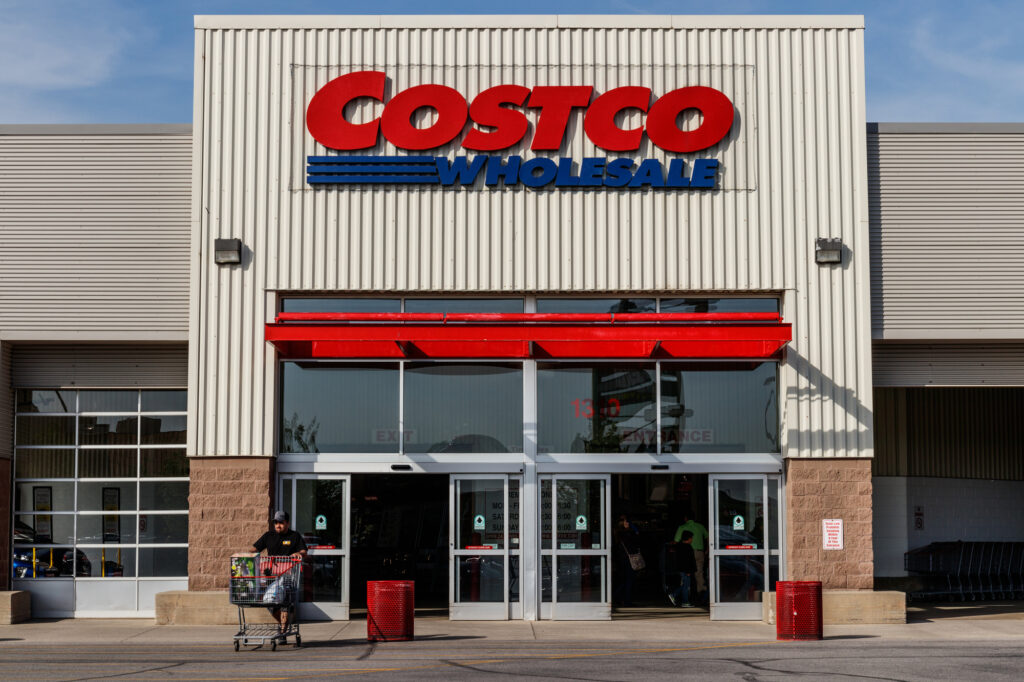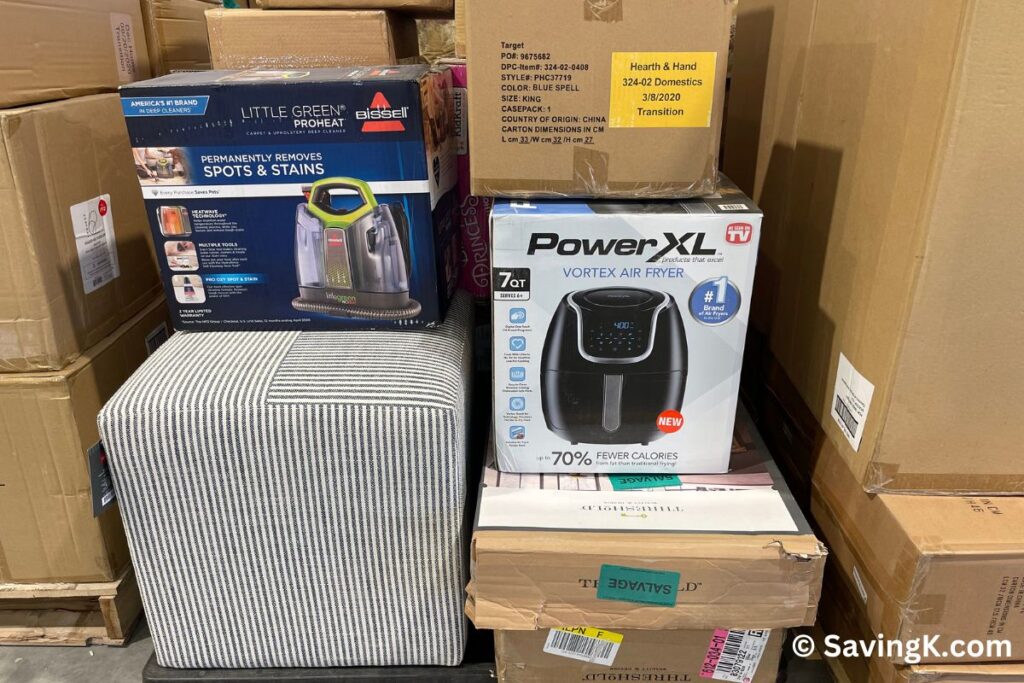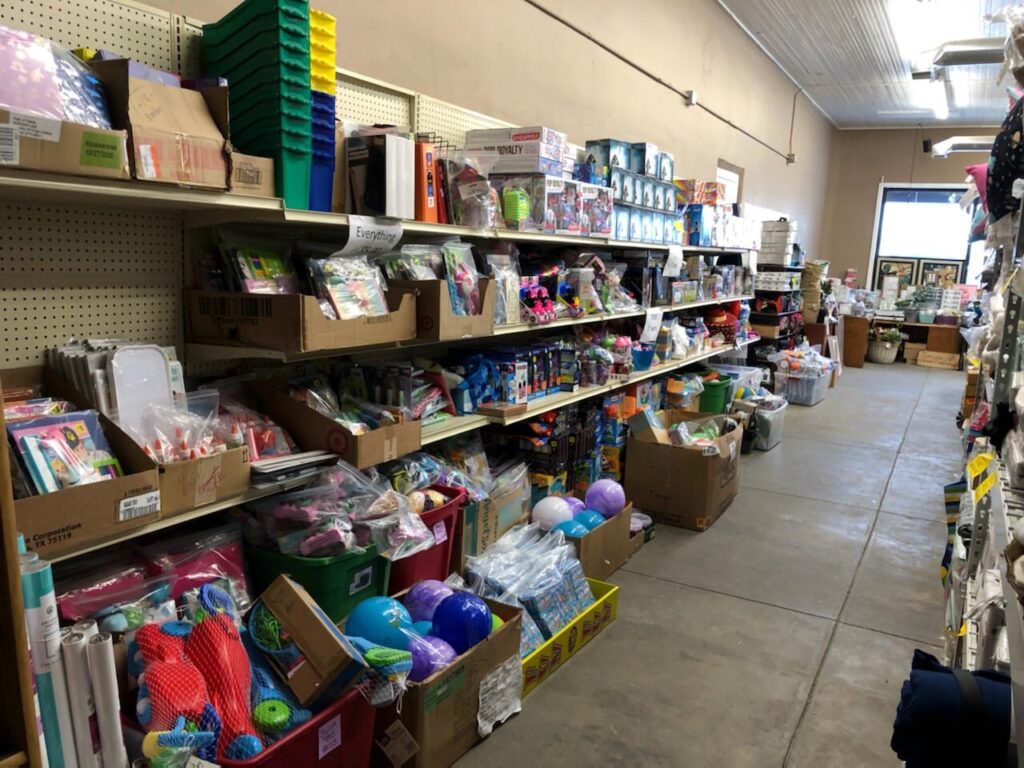
Thrifting, the practice of purchasing second-hand items from thrift stores or online platforms, has become a growing trend. It offers a unique combination of cost savings, sustainability, and the thrill of discovering hidden treasures. For those who want to shop smart and stay within budget, thrifting aligns perfectly with the SavingK philosophy. With the growing interest in eco-conscious shopping and frugal living, thrifting is an ideal way to save money while reducing waste.
Contents
The Benefits of Thrifting
Cost Savings
One of the most significant advantages of thrifting is the potential for saving money. Buying pre-owned clothing, furniture, and home goods can cost a fraction of what new items would at retail stores. You can often find quality, lightly-used items for pennies on the dollar. For savvy shoppers, this is a fantastic way to build a wardrobe, furnish a home, or buy gifts without breaking the bank.
Environmental Impact
In addition to being budget-friendly, thrifting is a great way to minimize your environmental footprint. The fast fashion industry generates tons of waste and pollution, but by purchasing second-hand goods, you help reduce the demand for new production. Thrift stores are key players in the circular economy, where items are reused rather than discarded, extending their lifespan and reducing landfill waste.
Unique Finds
Thrift shopping often means stumbling upon one-of-a-kind items you wouldn’t find in mainstream stores. Whether it’s a vintage dress from the 1960s, a designer handbag at a fraction of the original price, or rare home decor pieces, thrifting offers a treasure trove of unique finds. This sense of discovery can make the shopping experience exciting and rewarding.
Thrifting Tips for Maximum Savings
Know Where to Go
Familiarize yourself with local thrift stores like Goodwill, Salvation Army, or smaller, independently-owned shops. Each store has its own niche and stock, so it’s worth exploring a few to see which best suits your needs. Additionally, online platforms like Poshmark, ThredUp, and Facebook Marketplace offer a convenient way to thrift from the comfort of your home.
Best Days to Shop
Thrift store inventory changes constantly, so timing is key. Some stores restock midweek, making this the best time to shop for new arrivals. Look out for sales days and discount events where prices are marked down even further, such as half-off days or colored tag sales.
How to Spot Quality
When thrifting, quality matters. Inspect items closely for wear and tear, such as loose seams, stains, or missing buttons. High-quality brands and fabrics are often more durable and worth the purchase even if used. Look for well-made items from reputable labels that will stand the test of time.
Thrift with a Plan
Avoid impulse buys by thrifting with a purpose. Create a list of items you need, whether it’s a new coat, kitchenware, or furniture. This helps you stay focused and ensures you’re buying things that fit within your budget and lifestyle.
Thrifting for Resale
Resale as a Side Hustle
Thrifting isn’t just for personal use — it can also be a lucrative side hustle. Many thrifters purchase second-hand items and flip them for profit on platforms like Poshmark, eBay, Depop, and Etsy. Reselling thrifted goods can bring in extra income, especially if you have an eye for high-value or vintage items.
What to Look for When Thrifting for Profit
To maximize profit from resale, look for items that are in high demand, such as vintage clothing, limited-edition designer brands, or collectible home goods. Research the current market value of items to understand what people are willing to pay. High-quality, rare, or niche products tend to sell well in the resale market.
Common Thrifting Myths Debunked
Myth 1: Thrift Stores Are for Low-Income Shoppers Only
Thrifting has shaken off its stigma in recent years. Today, people from all income levels and backgrounds shop at thrift stores. Whether you’re on a tight budget or simply looking for unique finds, thrift stores offer something for everyone.
Myth 2: Thrift Stores Only Sell Old or Outdated Items
While thrift stores do carry older items, they also have plenty of new or gently used products. Many liquidation stores stock unsold retail merchandise, and it’s common to find brand-new items with tags still attached. Thrifting can be a great way to stay trendy without paying full price.
Myth 3: It’s Hard to Find Anything Good
It’s true that not every thrift trip will be a home run, but patience and persistence pay off. Shopping at multiple stores, visiting during restock times, and digging a little deeper in the racks often lead to great finds. The more frequently you visit, the higher your chances of discovering gems.
Thrifting Etiquette and Donation Tips
Being Respectful While Shopping
Thrift stores can get busy, and maintaining good shopping etiquette is important. Put items back where you found them if you change your mind, and avoid grabbing large amounts of merchandise unless you’re serious about purchasing. Treat the space and staff with respect.
How to Donate Thoughtfully
Thrift stores rely on donations, but not all donations are created equal. When donating, ensure your items are clean, in good condition, and suitable for resale. Avoid donating items that are broken, overly worn, or unsanitary, as these can become a burden for stores to manage.
Conclusion
Thrifting offers an incredible opportunity to save money, shop sustainably, and discover unique pieces. It’s a smart way to align your financial goals with your values while supporting the circular economy. Whether you’re shopping for yourself or looking to flip items for a profit, integrating thrifting into your routine can help you make smarter, more thoughtful purchases. Give it a try — you might be surprised at the treasures you find!





